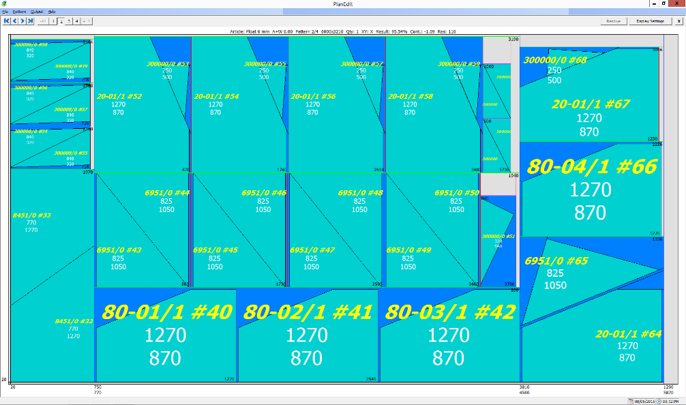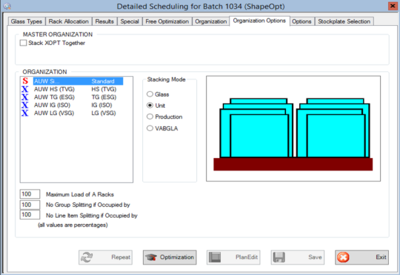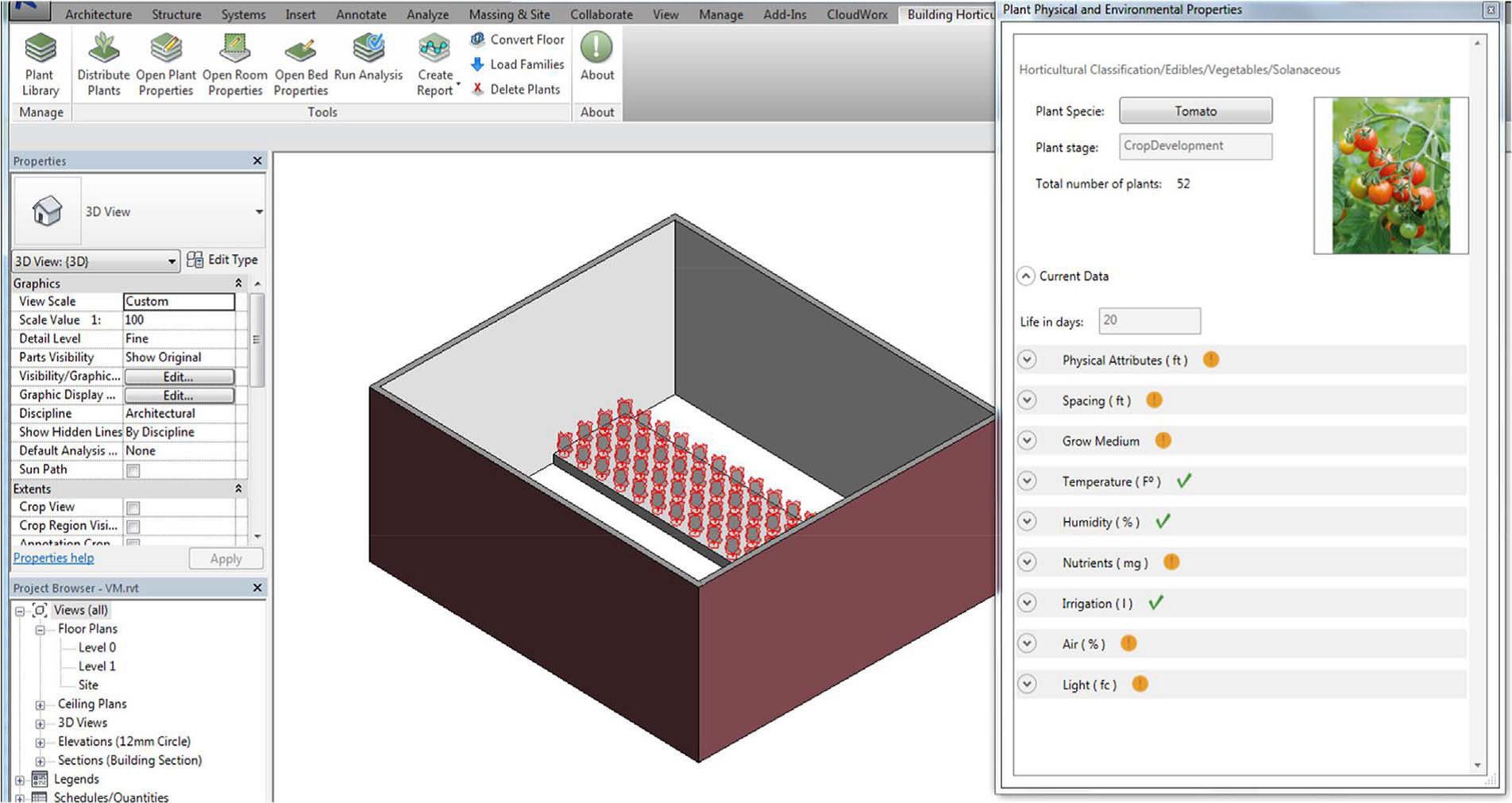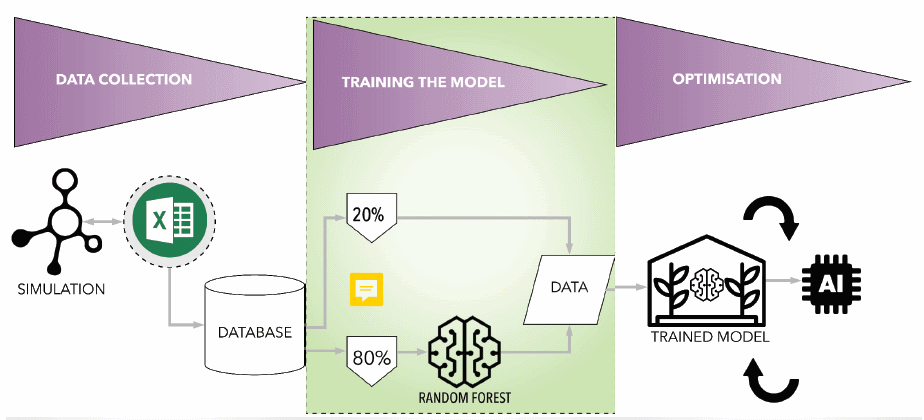Published on: 27 May 2019
At Select Projects quality is performance by genuine people. These genuine people are always ready to innovate. BIM is way of work our employees use in various projects, mainly in building & construction. But by using it daily, our experts learn the different applications of BIM in other industries. Tarik, one of our colleagues in Holland elaborates on a few new applications of BIM in this article.
Author: Tarik Alboustani, Research and Development, Select projects; The Netherlands; May 2019, Email: Tarik_ Alboustani@outlook.com
“BIM” & Beyond Buildings.
An overview of BIM in other forms.
Inevitably BIM is now one of the most popular software trends; it’s a booming industry not only in buildings but across other fields as well. Expected to rise from around 4,5 BN revenue in 2017 [Value Market Research,2019] to 11.7 BN by 2022 around the world [Allied Market,2019]. In fact, this process is not only used in Construction and architectural sector.
This article will elaborate on some advanced projects that are using this new process. BIM can have a great impact on developing the future of these ventures . With the implementation of BIM, theycan develop new horizons. From fabrication of building parts, building integrated agriculture (BIA) farming in urban areas and finally assets management in telecommunications toward smart cities. BIM practice is helping companies to achieve better asset management, operation activities, cost control and fast production. This new way of work can evolve the future of the building industries and beyond.
In manufacturing, the BIM as a concept has been advancing significantly in recent years especially in combination with the Internet of Things (I.o.T) and production optimization. An example of successful use is the glass industry where BIM is used in manufacturing, from the fabrication of float glass to supply chain and façade engineering. From sorting the glass cutting size, the racks placement order for faster processing, analysing cost and production quantity to designing building envelops. This integration of “BIM” in the whole chain is reducing cost, increase production and profit in a whole other application than the building & construction industry.


Fig 1: Production Sequence Optimization & Rack Organization from parts size to arranging the elements to reach best production speeds. i.e. for early stage. Source A+W Software GmbH.
Besides glass manufacturing, BIM is also used in agricultural industries. The “BIAIM” Building integrated agriculture information modelling applies in urban contexts such as green rooftop, and hydroponic greenhouses and green facades. Whether it is fully insulated or using only artificial lighting in form of plant factories. Several studies have been conducted on achieving the biological process of plants with the help of computer models. The biological growing processes of plants are being represented in these computational models with a striking similarity to the photosynthesis in plants in the real environment. The crops growth can be traced and predicted thru computer models together with all the other data: cost, profit, energy consumption. This data is derived from these smart models for all CEF types “controlled environment facilities”.

Fig. 2. Plant distribution using BIAIM Plugin .using Autodesk Revit. Source [Zeeshan, Ahmed,Khan,2018]
On the other hand, BIM is also used in other practices such as telecommunications, city networks, Roads and infrastructure, etc. Thanks to BIM data analysis can be improved largely. Making the normal 2D representation and city planning smarter and more effective in terms of asset management operation and maintains. One model has all sets of information needed.
These examples in different domains illustrate the future potentials of using BIM. The new model can provide more than the current traditional daily b2b communication. But there is more room to develop in BIM, combing technologies like Artificial intelligent or Internet of Things, making these smart 3D models more than just data-driven, giving them the possibility to interact in a smarter way.

Fig Z4: Artificial intelligent work-flow (machine learning to deliver the best input of climate controller for cucumber greenhouse model adjusting the daylight, screen movement, ventilation, and CO2 injection). Concept: Veronika Heidegger Arup. Graph by Author.
References
- Building integrated agriculture information modelling (BIAIM): An integrated approach towards urban agriculture Rana Khan⁎, Zeeshan Aziz, Vian Ahmed; School of the Built Environment, ;University of Salford, Manchester, M54WT, UK; 2018
- Alboustani Tarik, Mobile Plant Factory An Explanatory guide for designing travelling Plant factory with Hybrid lighting system using computational design workflow; TU Delft; June, 2018
- A+W Software GmbH; https://www.a-w.com/uk/products/a-w-clarity/a-w-production/; Visited May 2019
- Value Market Research ;Global Building Information Modeling (BIM) Market Report; https://www.valuemarketresearch.com/contact/building-information-modeling-bim-market/download-sample;visited May 2019
- Allied Market research; Building Information Modeling (BIM) Market is Expected to Garner by 2022; https://www.alliedmarketresearch.com/press-release/building-information-modeling-market.html; visited May 2019